

Akihiko Takeda was born in Japan, in Toyohashi, immersed in the spirituality of temples and shrines that profoundly influenced his artistic sensitivity, reflecting the importance of inner exploration and connection with the surrounding world.
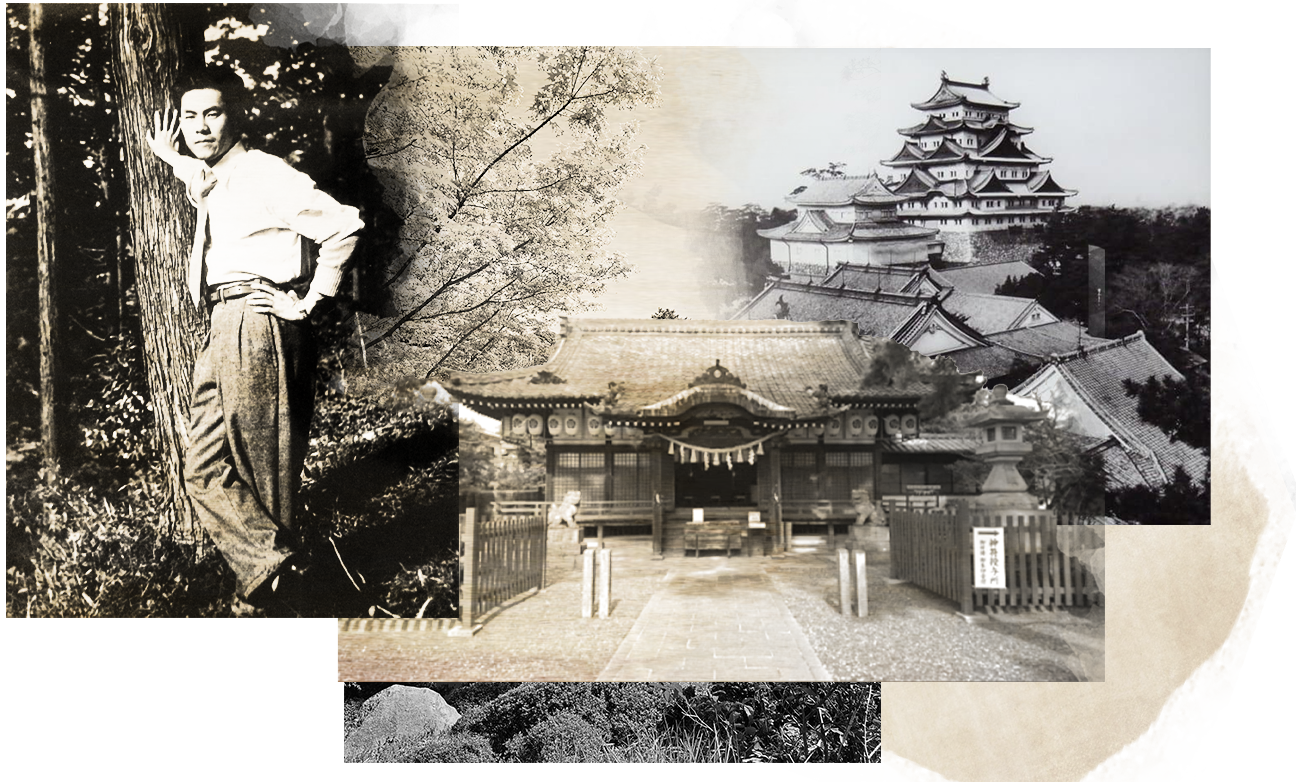
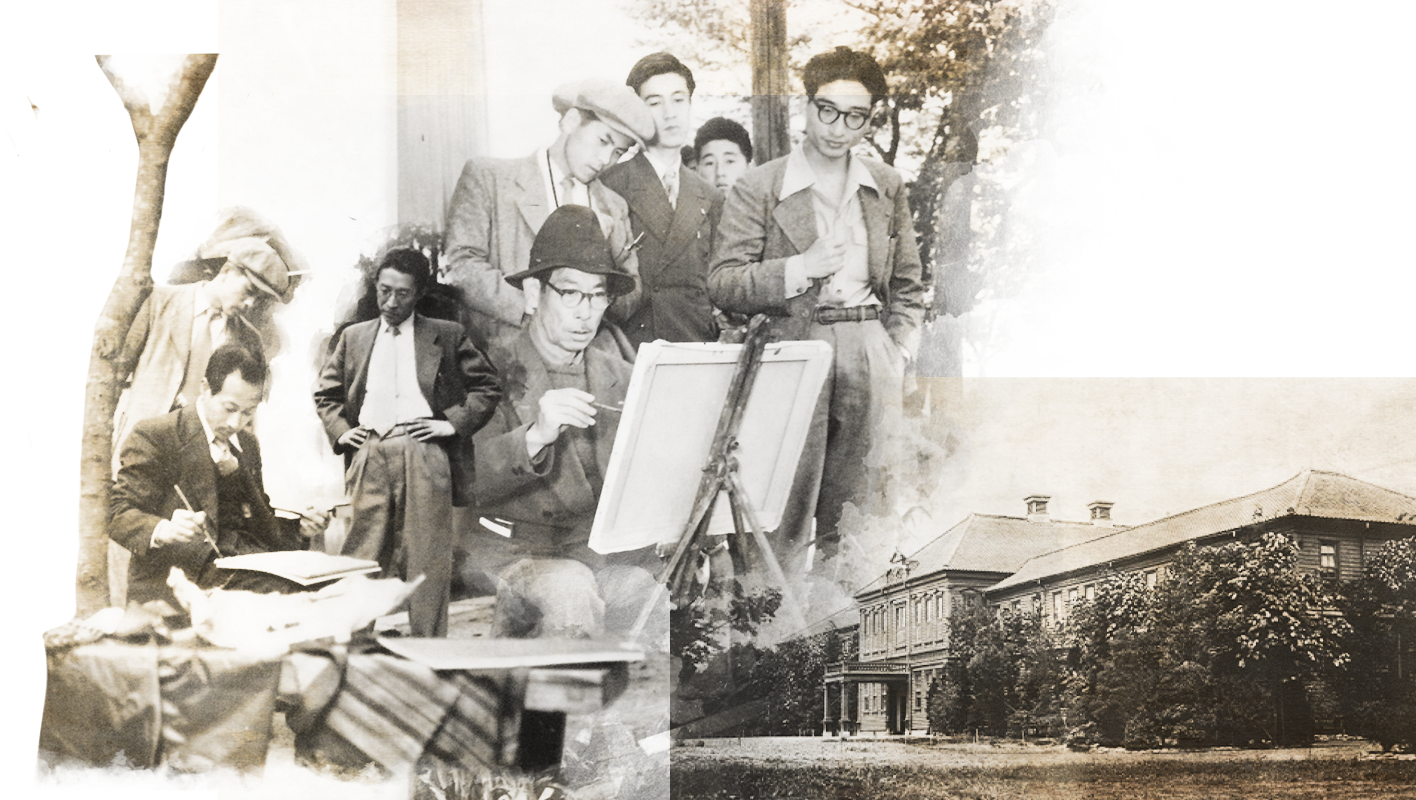
He moves to Tokyo, where he attends the Tokyo University of the Arts (GEIDAI), taking courses in woodworking, glass, metal, and textile work, oil painting, sculpture, and ceramics.
An all-encompassing artistic education characterized by discipline, technique, and creativity.
He emerges as a advertising designer for the Toyota automotive company and teaches painting at the YMCA school where he meets his wife Sachiko Takahara.
From 1953, he participates in the first photography and laminated artworks competitions, where he is acclaimed for his technical ability in fusing glass and metal together.
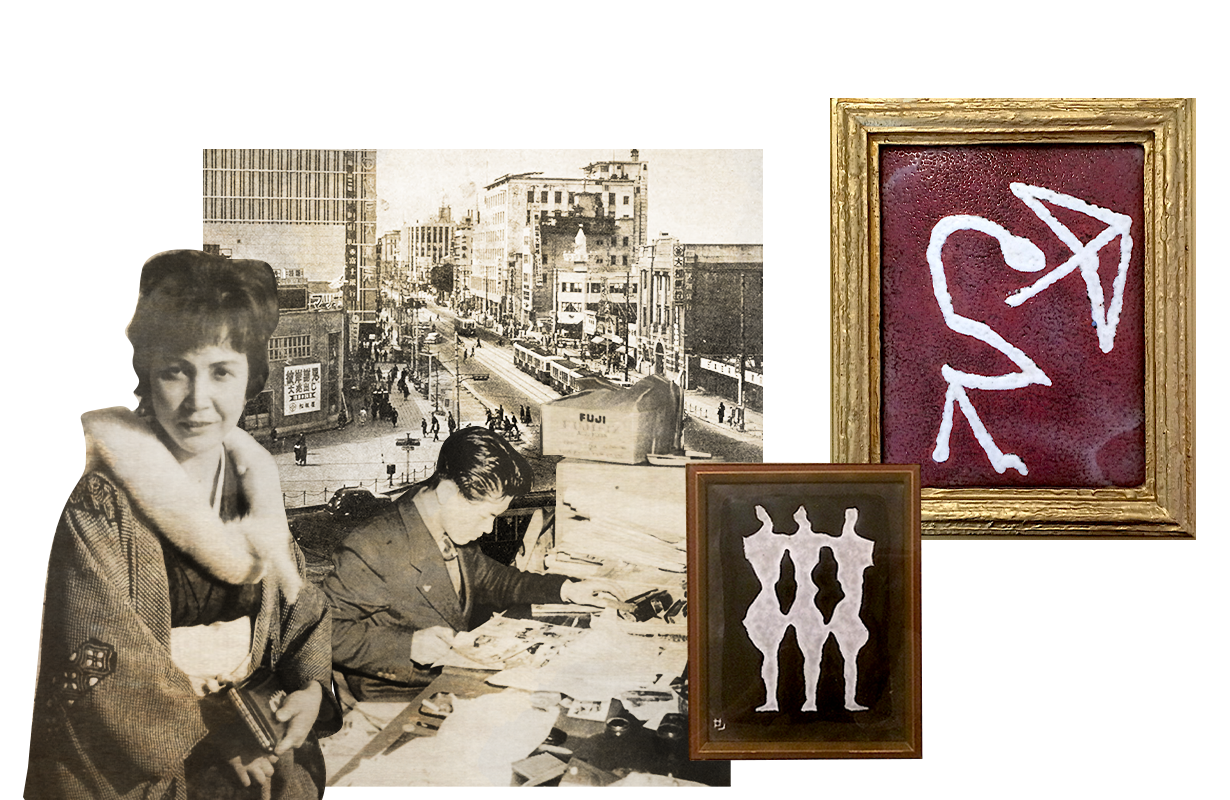
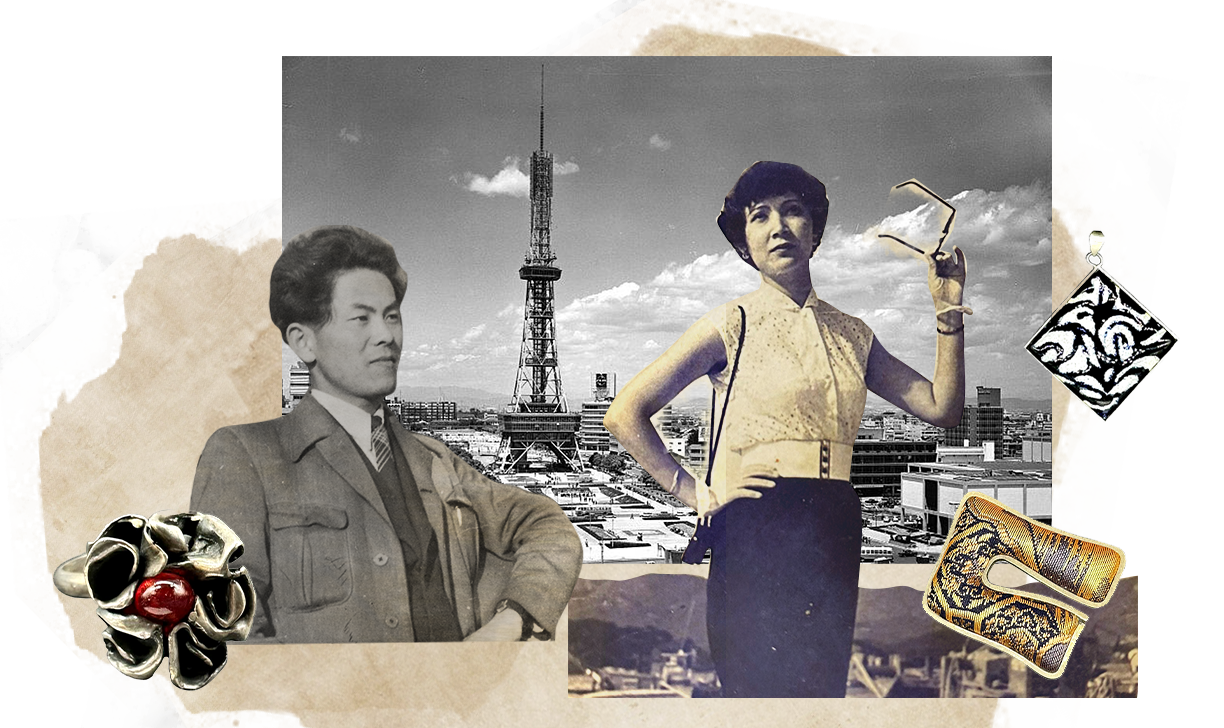
Encouraged by his wife, Takeda creates his first pieces of art jewelry, entering the Japanese market.
He envisions, designs, and crafts his artworks using not only metal and colored glass inserts with enamel technique, but also finishes in Japanese silk and cotton used for traditional kimonos.
He establishes Takeda Design Jimusho (武田デザイン事務所) in Nagoya and subsequently travels between Japan and the United States, collaborating as a Design Consultant for Anthony Enterprises Ltd. based in Seattle, entering the American market with his art jewelry production.
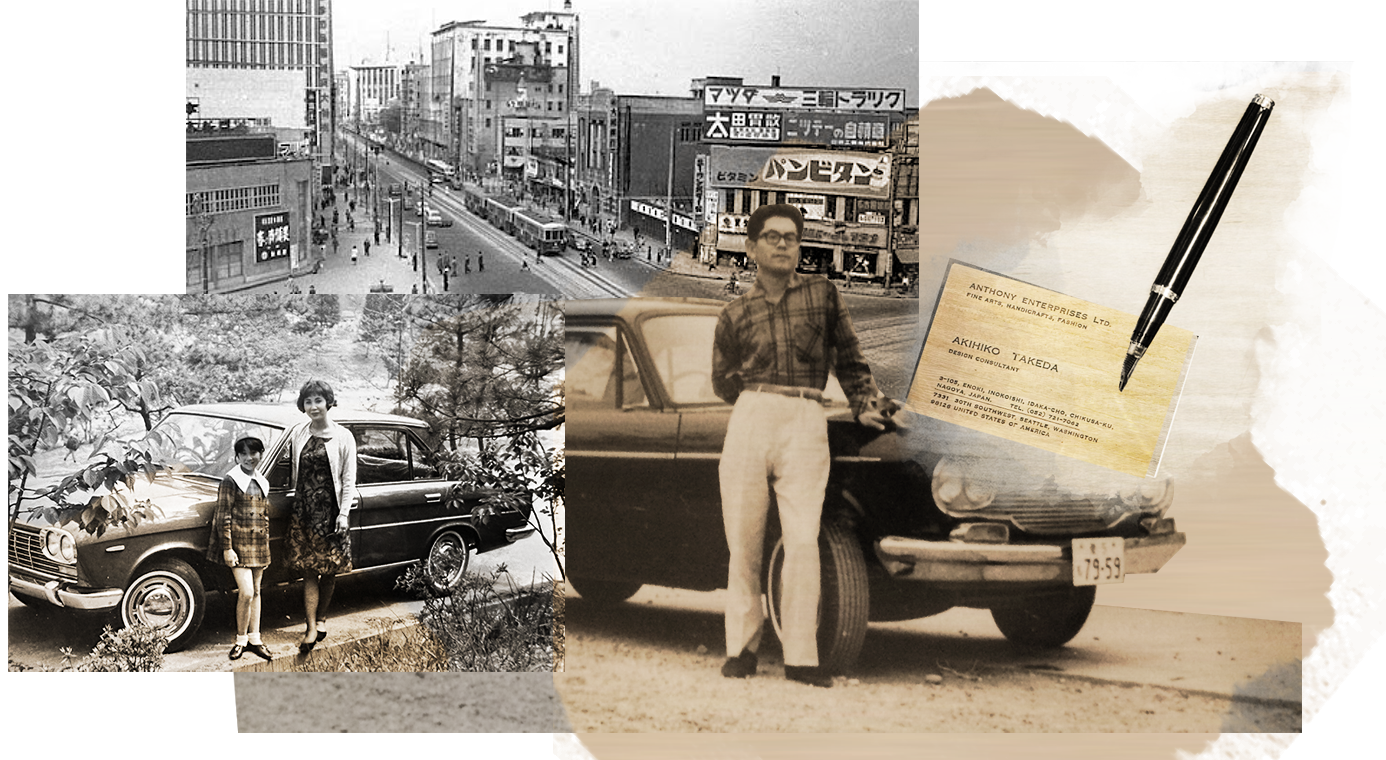
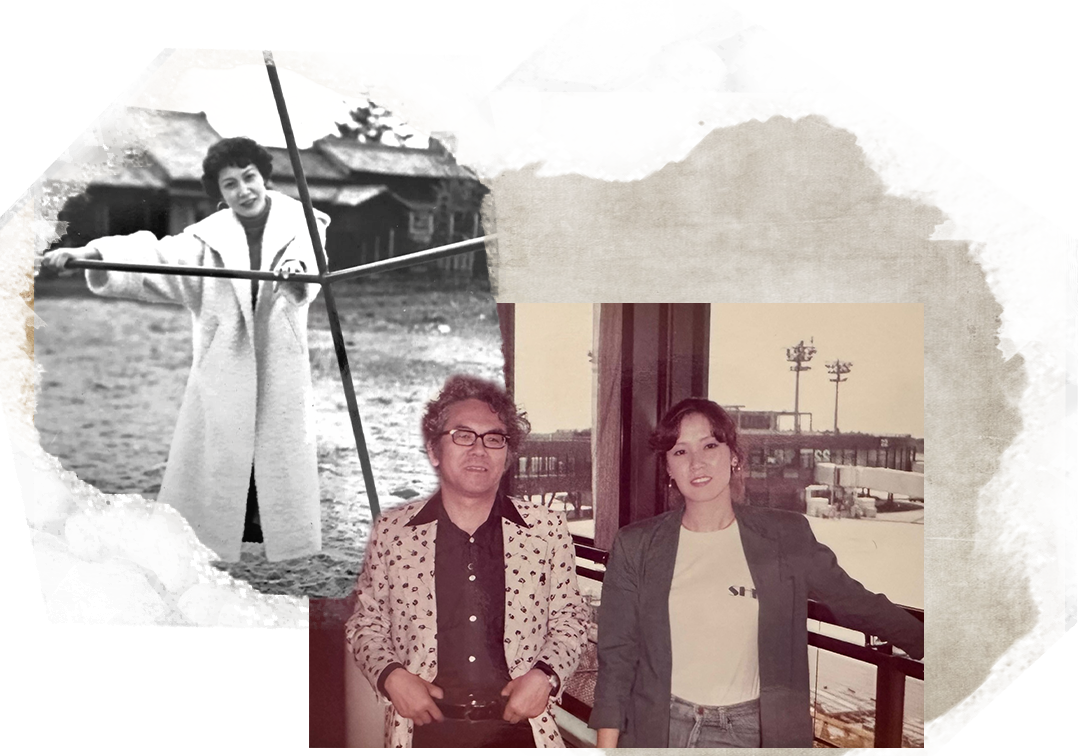
The pain of his wife's premature passing and later the distance from his daughter who moved to Italy lead him to become one with his artworks.
He creates unique artworks reflecting his spiritual quest and desire to express the beauty and complexity of the human experience.
He is invited by Nagoya University of The Arts to conduct a course on metalworking techniques.


In Nagoya, he exhibits silver and copper artworks at Hakkakudou Gallery alongside Japan's top 10 metal artisans, followed by the Akane Gallery representation until the 1990s.
Shiseido in Japan and Tiffany & Co. in the United States show interest in his production of Japanese inspired masks and jewelry.
He approaches plaster sculpture through a research focused on progressive simplification of form. He travels and creates artworks in Italy, experimenting with bronze and marble processing.
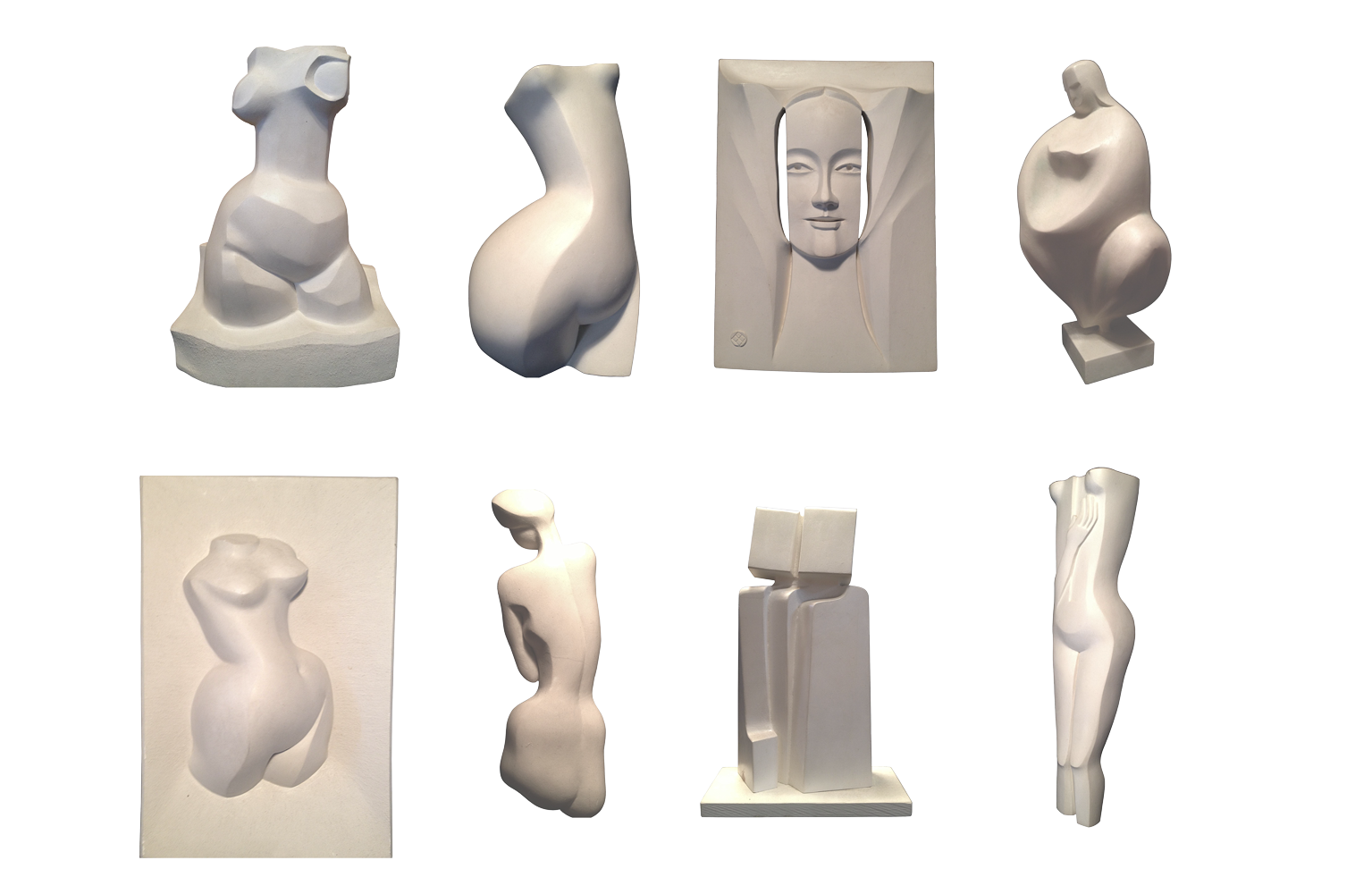
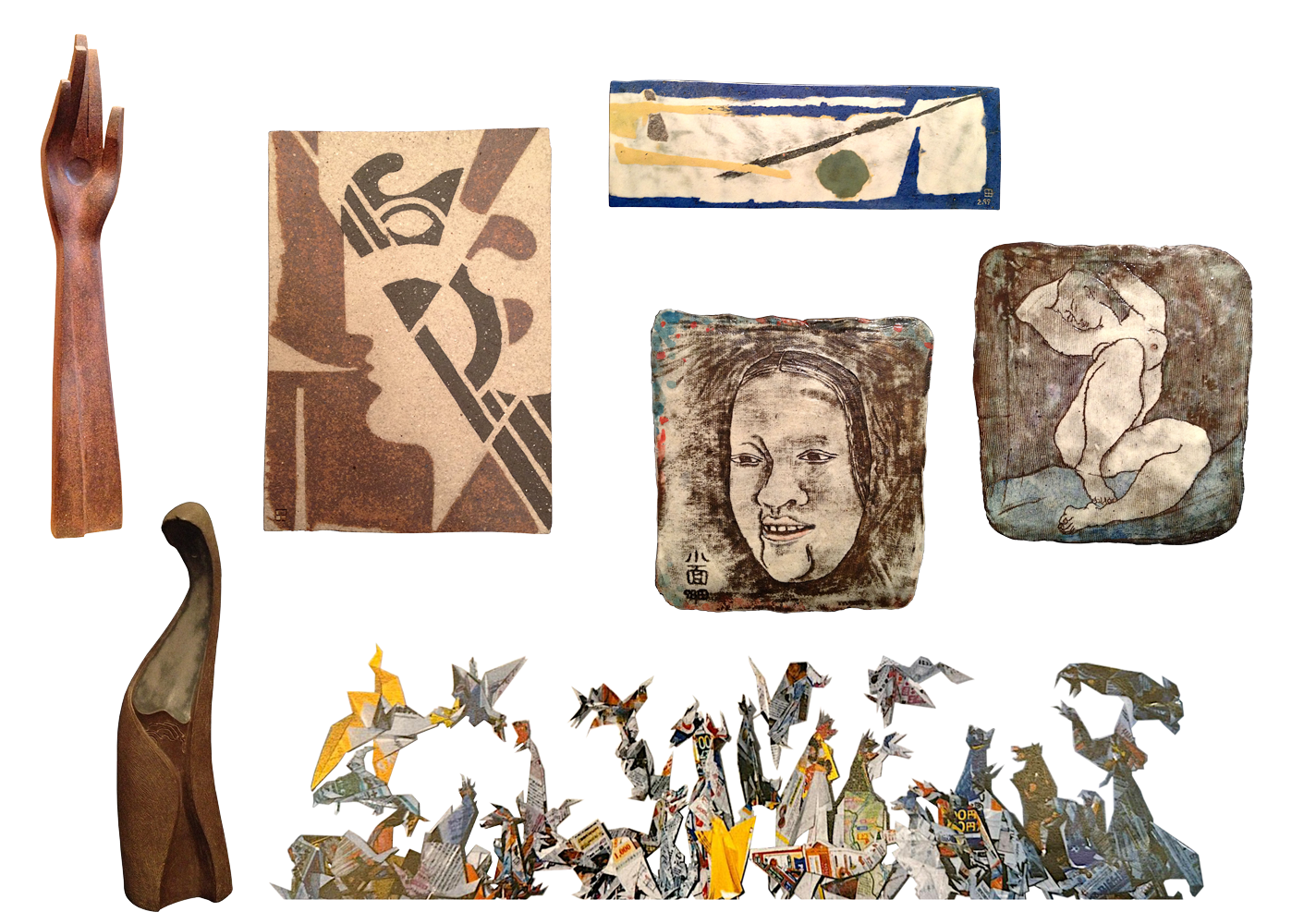
He continues to explore new techniques, experimenting with clay processing and creating multimaterial artworks through the combination of various materials. Starting in 1998, he focuses particularly on incised ceramics.
His artistic journey concludes in 2012 with origami.
This biography, reconstructed through writings, memories, and photographs, traces the main stages of Akihiko Takeda's life and artistic production.

Akihiko Takeda (September 5, 1930 - December 27, 2012) was born in Toyohashi, Aichi Prefecture, Japan, where he spent his early childhood with his grandmother, immersed in the spirituality of temples and shrines, while his parents lived in Nagoya.
In 1937, at the age of seven, he returned to Nagoya where he remained until 1948 before moving to Tokyo to attend the Tokyo University of the Arts GEIDAI, the most prestigious art university in the capital. He studied woodworking, glasswork, metalwork, textiles, oil painting, sculpture, and ceramics.
After completing his studies at the age of twenty-one, the automotive company Toyota recognized his artistic abilities and hired him as an advertising designer at their Nagoya headquarters. Concurrently, he taught painting at the YMCA school where he met his future wife, Sachiko Takahara.
Starting in 1953, he participated in various photographic and "Precious Artworks Laminate" competitions, winning first prize. Takeda adopted the ancient technique of cloisonné enameling, which dates back 3000 years. A perfect enamel is born from balance and experience.
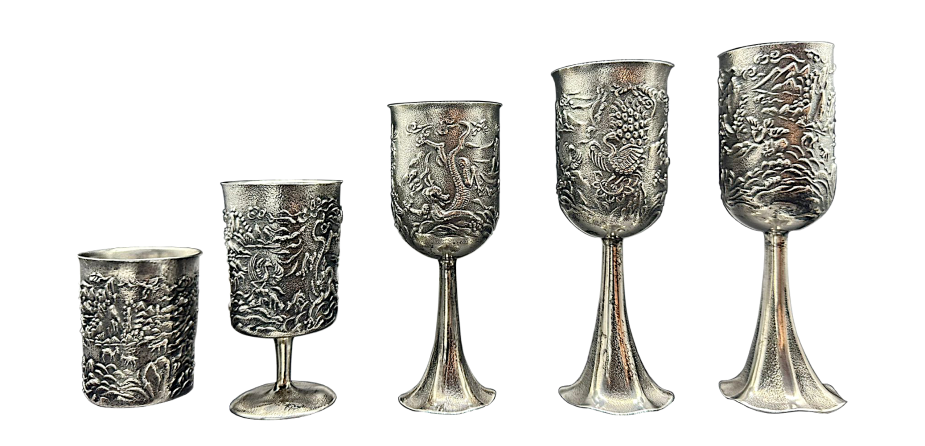
In the 1960s, Takeda created his first pieces of art jewelry and entered the Japanese market for the first time. He conceived, designed, and crafted his artworks using not only metal and colored glass inserts through cloisonné enameling, but also finishes in Japanese silk and cotton used for traditional kimonos.
In the latter half of the 1960s, he founded Takeda Design Jimusho (武田デザイン事務所) in Nagoya. Traveling between Japan and the United States, he collaborated as a Design Consultant for Anthony Enterprises Ltd. based in Seattle, expanding into the American market with his art jewelry.
In 1976, the premature loss of his wife and later the distance from his daughter who moved to Italy, led him to merge completely with his artworks, giving maximum expression to his creativity. From that moment, art became an essential necessity to fill the immense void.
In the early 1980s, at the age of fifty, Nagoya University of The Arts invited him to conduct a course on metalworking techniques. He continued his research, creating artworks from thin sheets of silver and copper, as well as additional series of masks and art jewelry.
In March 1984, he exhibited silver and copper artworks at the Hakkakudou Gallery in Nagoya alongside Japan's top ten metal artisans. Subsequently, he showcased a series of laminated silver and copper artworks at Akane Gallery, representing him until the 1990s.
During this period, both Shiseido in Japan and Tiffany & Co. in the United States showed interest in his production of masks and jewelry inspired by Japan.
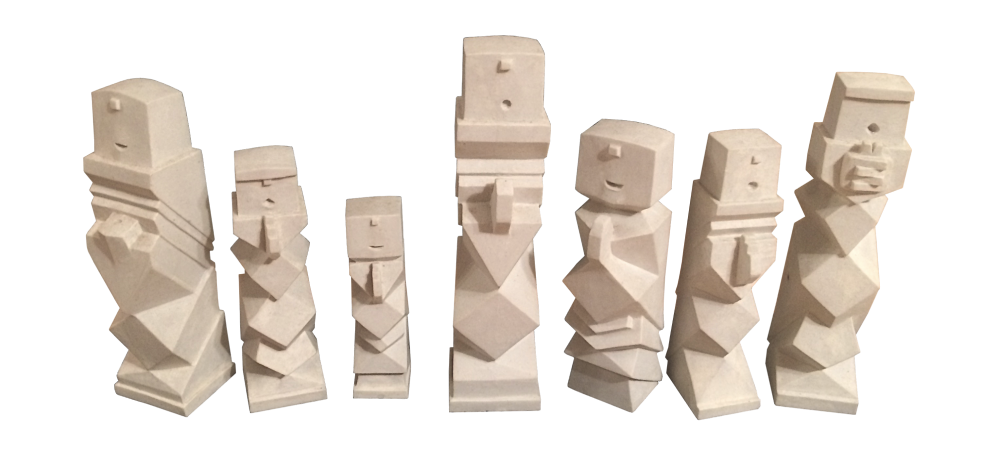
In 1990, he ventured into plaster sculpture with a unique technique, a synthesis of his studies and experience. His forms, reminiscent of Matisse and Picasso, declared a strong interest in Western art while preserving his roots and traditions.
Between 1990 and 1993, he traveled to Italy several times. As a guest of his daughter in Mantua, he created plaster artworks and explored marble as a base for his sculptures, as well as bronze craftsmanship in various foundries in the region.
Upon returning to Japan, he explored new techniques and materials, favoring clay over plaster, creating artworks in terracotta and ceramics. His accumulated knowledge and experience led to a full understanding of material processing. Through the combination of multiple materials, he created multimaterial artworks.
In 1998, Takeda experimented with the technique of incised ceramics, producing a wide collection of artworks representing various subjects. His artistic journey culminated in 2012 with origami, a return not only to his roots but also to Shinto religion.

"To fully reveal oneself can be an experience that not everyone is ready to face."
- Akihiko Takeda